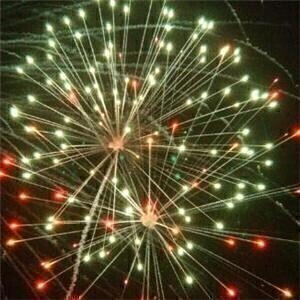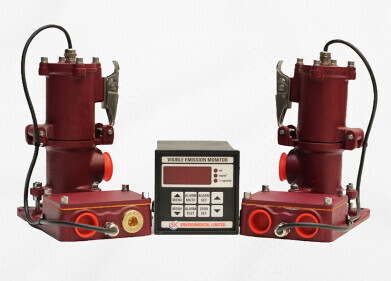Air Monitoring
Monitoring Forests from Space
Mar 03 2010
Measurements of forest canopy height and under-story yield essential information for many forest management activities and are also barometers for changes in the carbon cycle and the environment generally. This forest biomass can be measured remotely from space. Because of the increased amounts of carbon released into the atmosphere, the study of changes in biomass distribution and quantity, which act as a ‘carbon sink’, becomes ever more important. Degradation of forests presents a key challenge and is often associated with what is happening in the under-story, but traditional measuring technologies cannot see this.
The Centre for Earth Observation Instrumentation (CEOI) has provided funding to a number of projects to develop technologies such as LiDAR imaging which can help deliver this important information. Two key parameters of the carbon cycle for vegetation are biomass and leaf area index (LAI). Although not directly measurable by LiDAR, they can be estimated from tree height and canopy cover. Whilst traditional spaceborne passive optical and current SAR instruments provide global coverage, they cannot measure tree height and signals saturate over moderately dense forests. However, spaceborne LiDAR instruments can provide a global monitoring capability and give the necessary measurements. Lidar also has the ability to penetrate the canopy and provide information about the under-story.
A Hyperspectral Imaging LIDAR (LADAR) instrument is being developed to measure forest canopy height and canopy cover/fraction, even above sloping ground. This measurement is strongly related to biomass - biological material derived from living, or recently living organisms. The work is led by Prof. Jan-Peter Muller, UCL-MSSL with LiDAR Technologies (UK). The instrument uses a 1m ranging accuracy from an orbit around 350-400km with a 30m LIDAR footprint and the ability to identify individual tree crowns so that measurements or extrapolation could be performed across a wide area. The base technology consists of a profiling LIDAR coupled in the same optical path as a stereoscopic imager, which can provide 2D slices running down the middle of the image. More detailed modelling of tree height and tree cover can be obtained. The two wavelengths were chosen so that the lower wavelength was sensitive to soil and the upper wavelength to vegetation.
Simulation studies were performed which showed that reliable information can be derived, dependent on tree spacing and crown closure/density. Because of its fluorescence measuring abilities, this instrument has potential application in a number of other areas: Environmental - global climate modelling, biological measurements – such as cyanobacteria-to-phytoplankton in oceans, deserts and ice sheets, Organics measurements – differentiating oil seep characteristics from other biofilm signatures.
Another instrument utilising similar technology is the Multi Spectral Canopy LiDAR (MSCL), which has been developed by the University of Edinburgh and Selex Galileo and led by Dr Iain Woodhouse. Measuring horizontal and vertical structures and being able to discriminate green and non green canopy components, the instrument encompasses a tuneable laser that offers a degree of flexibility to investigate different wavelengths.
LiDAR waveforms not only capture tree height information, but also pick up seasonal and vertical variation changes. Another important measurement is that of photochemical reflectance. Here an index can be used which shows sensitivity to changes in carotenoid pigments in live foliage. These pigment changes can tell scientists the rate of carbon dioxide uptake by foliage per unit energy absorbed and variations in the productivity and stress of the vegetation . It has been demonstrated that such a new multi-wavelength LIDAR instrument can significantly improve forest canopy measurements, as opposed to using a single wavelength LIDAR alone.
The MSCL has greater imaging capacity and eliminates the need for multiple instruments, but can also work in complement with other technologies, such as radar. An airborne version of the MSCL is planned for the end of 2010 and the instrument is expected to begin undertaking real forest flying by spring 2011.
With similar possible applications to the Hyperspectral Imaging LiDAR above, the MSCL has technology transfer potential to applications such as: Environmental – climate modelling, biological and organics measurements, Defence – including target detection, Policing – airborne forensic search – mapping growth of drug crops, can penetrate camouflage nets. Can also pick out items buried under vegetation canopy and where the understory has been disturbed (e.g. dead leaves, twigs and short vegetation).
Digital Edition
IET 34.2 March 2024
April 2024
Gas Detection - Biogas batch fermentation system for laboratory use with automatic gas analysis in real time Water/Wastewater - Upcycling sensors for sustainable nature management - Prist...
View all digital editions
Events
May 13 2024 Munich, Germany
May 15 2024 Lund, Sweden
May 15 2024 Frankurt-am-Main, Germany
May 20 2024 Columbus, OH, USA
May 21 2024 Lagos, Nigeria


















